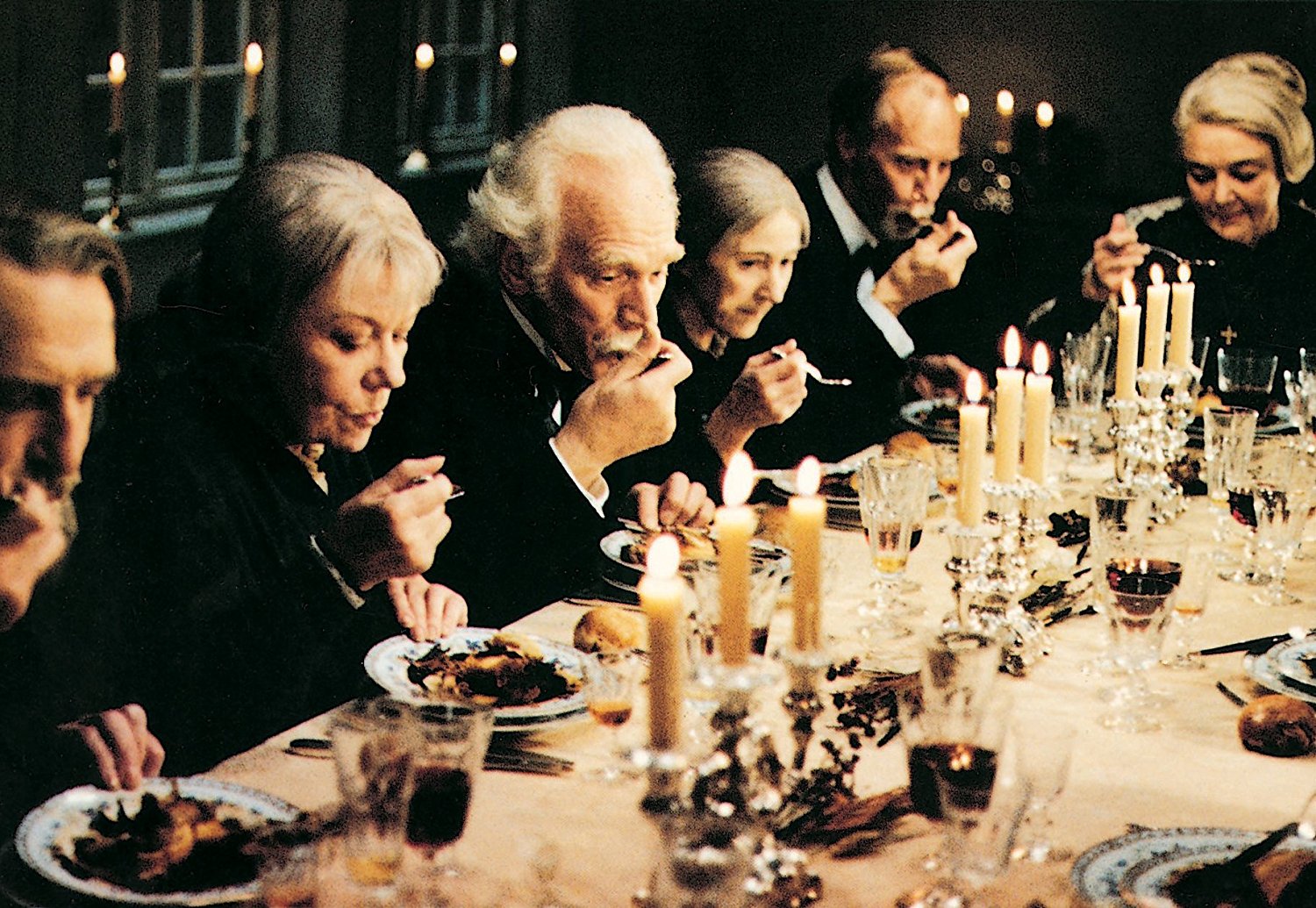
Babette’s Feast
Set in 19th century Denmark, Babette’s Feast tells the simple tale of Babette, a refugee from Paris who offers to work as a housekeeper for two elderly sisters living together. The sisters are too poor to offer a wage, but Babette is willing to work for free in exchange for room and board, and the sisters are happy to accept.
When Babette wins a local lottery, she can easily afford to return to Paris. But before going, she insists on thanking the sisters for their hospitality by using some of her winnings to prepare a feast for them and their small local congregation.
As the sisters and their guests enjoy Babette’s multi-course meal, they are taken aback by the food’s meticulous preparation and immaculate taste to the point where the dinner becomes, in a sense, a spiritual experience, affecting even the guests’ perspectives of their own lives and their relationships.
From the Catholic perspective, the parallels between the meal and the Eucharist may be apparent. As Our Sunday Visitor writes regarding the film: “the Eucharistic character of this feast becomes more and more apparent, as a gift of enormous sacrifice offered for those who may indeed be unworthy to receive.”
(While the film is rated G, it is a foreign film, so may require the reading of subtitles; as the drama is more personal in nature, its themes may be over the heads of younger viewers anyway.)
Runtime: 1 hour, 43 minutes
Rated G
USCCB rating: A-II
97% on Rotten Tomatoes
IMDb Parents Guide
